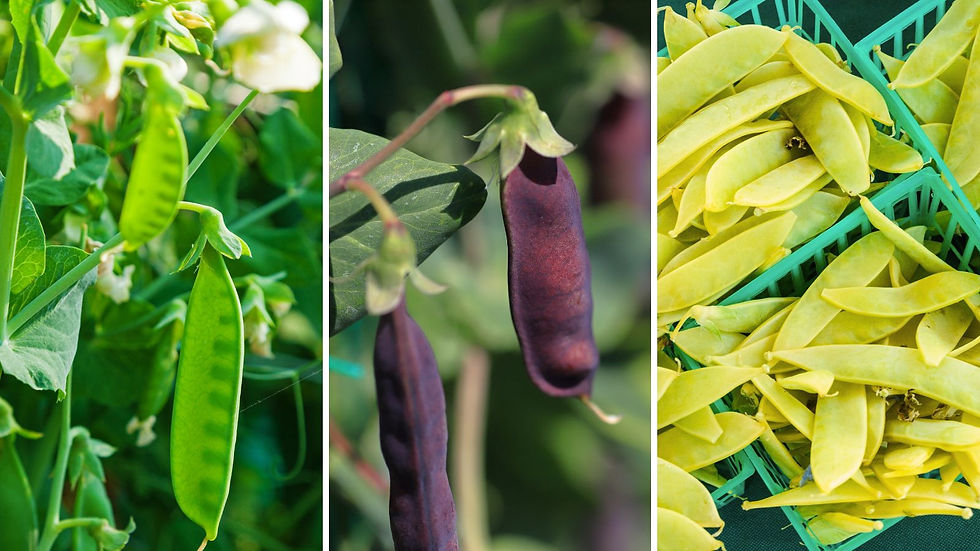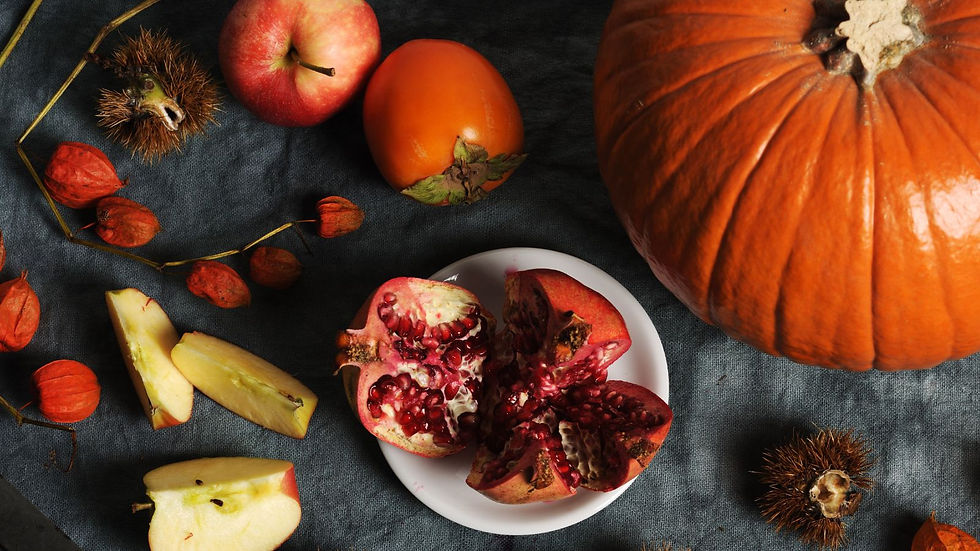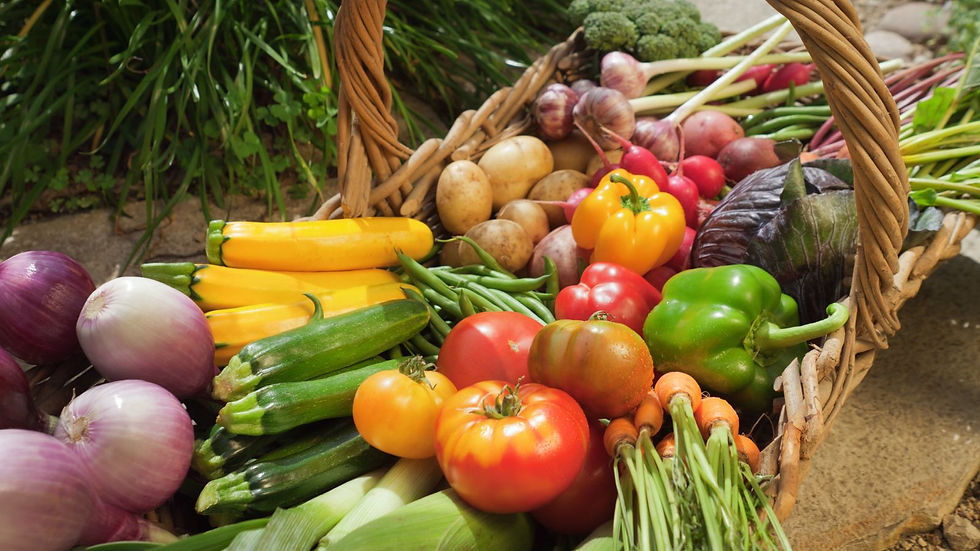Easy Snow/Snap Pea Growing & Harvesting
- b1415jimenez
- Sep 21
- 3 min read

One of my favorite veggies to grow is peas! I love eating the crunchy sweet pods whole right off the plant, the same way I did as a kid. I highly recommend this easy to grow veggie for gardeners of every skill level!
Types:
There are 3 general types of peas you can grow. Shelling Peas, sometimes called English peas are grown for harvesting the peas within the pod , which is tough and not eaten. Snow Peas and Snap Peas are eaten whole with the pod making them extra easy to harvest and cook with. Snow peas have a slightly thicker pod and are popular in Asian dishes, while Snap peas have a thinner tender pod so crisp you can snap them in half. The most popular Snap pea to grow in the garden by far are those in the Sugar Snap family, bred by a botanist from Idaho Dr. Calvin Lamborn in 1979. Today you can find many versions of Sugar Snap peas with just about any seed seller. This fall I'm personally growing the tri-color collection from Johnny's Select Seed called Calvin's Snap Peas, which includes green, yellow and purple podded versions of this super sweet veggie! I am so excited!

How to Plant:
Peas are among my top recommendations for new gardeners because of their large seed, the pea itself. Larger seeds are easier to get started because they're planted a bit deeper than smaller seeds, at about 1 inch depth, making it easier to keep the soil sufficiently moist since its not the very top layer of soil. Also the pea sprouts emerge from the soil thick and robust, not as delicate as other seedlings can be, they handle the elements better.
Sow the seeds from September to Early October in our area, provide protection from lingering summer heat till the cool weather sets in!
Plant the seeds 1 inch deep a couple inches apart in rows or clusters along your desired support structure. Water very often for the first couple weeks to ensure the seeds and seedlings don't dry out, after that you can water regularly a few times a week as normal until fall rain begins.
Peas grow as a long vine and so they'll need support and a few gentle ties at the beginning of the season to train them upward. I'm using a section of square wire fence but there's plenty of different structures that would work! They can even use your old tomato cages! Search pea trellis ideas online or on Pinterest and find something that works for your space!
Don't apply manure or nitrogen rich fertilizer at planting! Peas, rather than using up the nitrogen in soil like most other veggies do, are actually nitrogen-fixing, meaning they release nitrogen back into the soil. For this reason they don't need fertilizer through their growing season and actually set the soil up for success for the next plants to grow in that spot, like a tomato or pepper plant! Green Beans and Shelling Beans are also nitrogen-fixing.

Harvest:
Your first peas will be ready to harvest just 60-80 days after planting! Pick the pods when they're a few inches long and the pods are developed to your desired thickness. The young pods will start off so thin that you can actually see light through them and even the tiny peas inside, over time they'll grow thicker, I personally enjoy eating them young while the pod is still slightly translucent when they're extra tender! Picking frequently will encourage more production! Just don't leave them on the vine so long that they get tough and start to dry out - unless you plan to save some of the peas for next years seeds! They'll continue to produce until the coldest part of winter arrives in Dec/Jan but by February you can plant a new set of peas for an early spring crop to harvest before spring planting begins.
Pests/Disease:
Peas grow so quickly that they tend to withstand fungus issues like powdery mildew that tend to show up on cool season crops. And since they're grown in the cool season, there's significantly less pests to deal with. I recommend spraying neem oil on the plants right before the first set of flowers bloom, when the flower buds are just forming, this should set your plants up for success in the coming weeks.

Uses/Recipe Ideas:
My favorite way to use these is by just doing a quick sauté in the pan with oil or butter and seasoning with a little salt and pepper. They can also be tossed into a fresh salad for a crisp sweet crunch!
For more info on easy plants for fall check out my other post HERE!








Comments